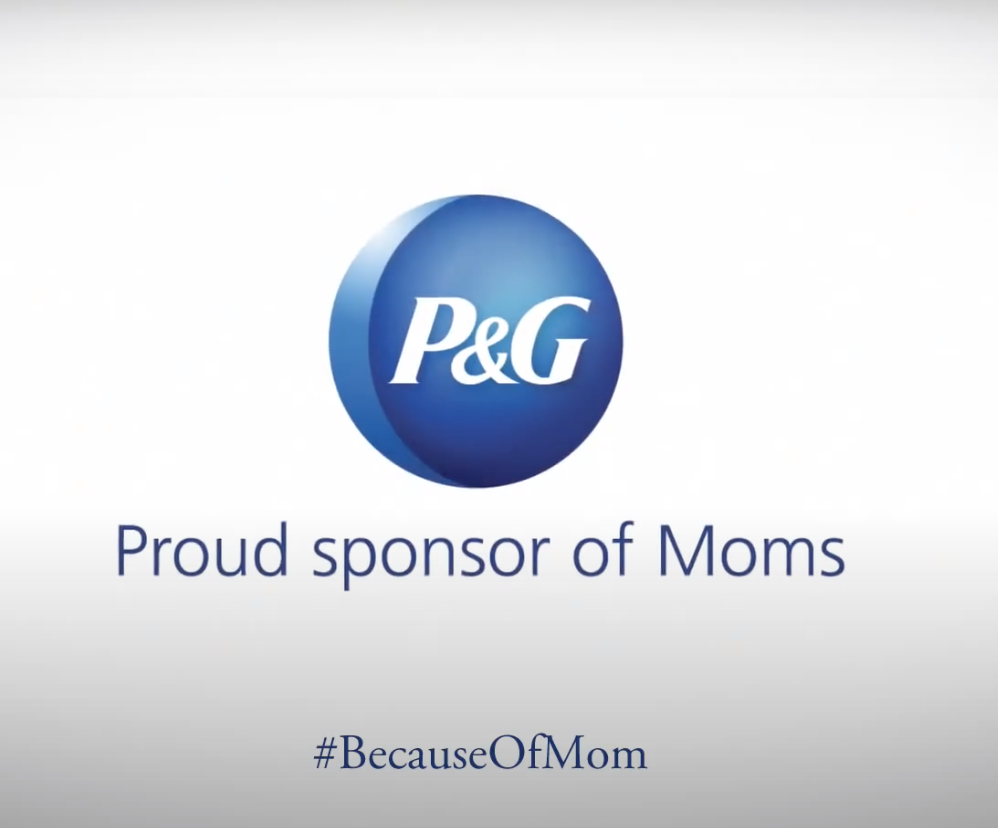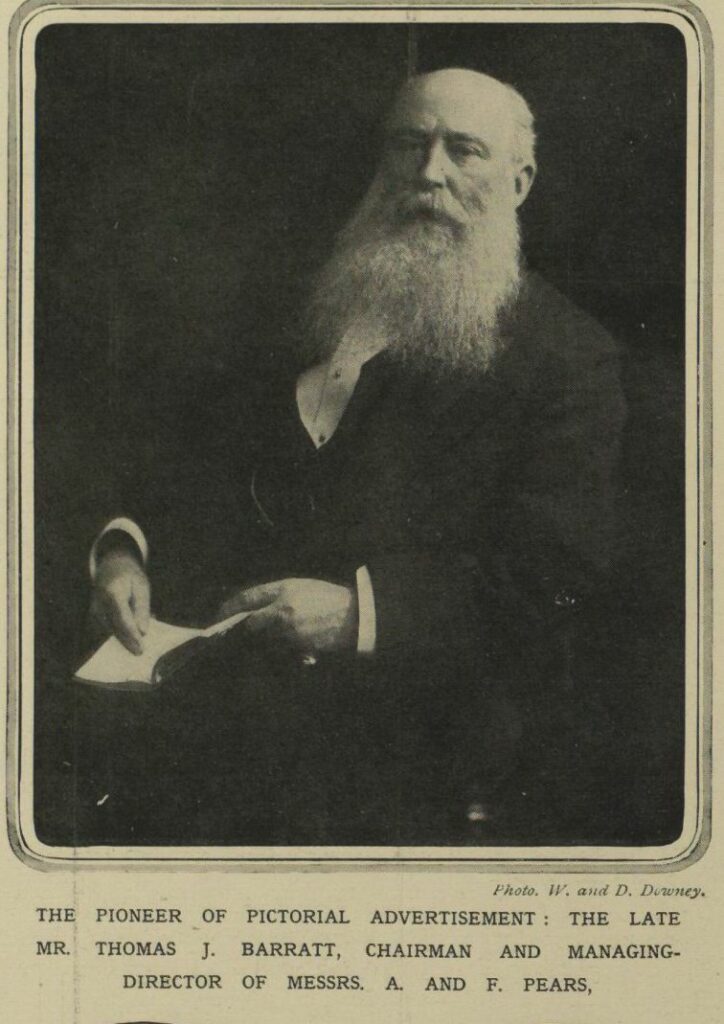Iconic Ads: Apple – 1984

IBM was pulling out all the stops. Apple was perceived to be the only hope to offer IBM a run for its money.
Apple was developing the Macintosh, a first. To maintain secrecy, the project’s staff had to relocate. The team named the building after one of Steve Jobs’ quotes, “It’s better to be a pirate than join the navy.” The team christened the structure by flying a pirate flag from the roof.
When Apple decided to make a commercial for the Macintosh, it turned to Chiat/Day, its go-to ad agency. They had previously done some low-budget ads.
The brief Brief
“Stop the world in its tracks” That was Steve Jobs’ six-word brief to Steven Hayden of Chiat/ Day
Jobs also didn’t limit the Chiat/Day team. He didn’t say anything about the Super Bowl because he was unaware of it. He was just interested in making an impact.
In the days of C: prompts and blue screens, the Macintosh had a graphical user interface, a mouse, and a high price tag. “This computer will revolutionize everything,” Jobs told Hayden. If you put your grandmother in front of the computer, she’ll figure it out. Bold!
The Inspiration
1984 was a tumultuous year. . There was an arms race and the Star Wars missile shield when Ronald Reagan was in the White House.
There was a feeling that things were about to change, but there was no agreement on how, and George Orwell’s novel was widely regarded as prescient.
Hayden, and his art director, Brent Thomas, well versed on politics and foreign policy, quickly recognized the Macintosh in political terms.
“It occurred to us that the advent of Xerography had a tremendous impact on closed societies like the Soviet Union. The Samiztat, the underground press where people were passing around manuscripts, all that was made possible by the Xerox machine.”
Consider what a computer that anybody could use could do. It will alter the world in ways we cannot predict.
The Idea
The shuffle pile—a collection of phrases, ideas, thoughts, and images created to inspire—was the starting point for the ad’s brainstorming. One of the phrases in the Chiat/Day Apple shuffle pile (which had previously been rejected) came from writer Gary Gussick: Why 1984 Won’t Be Like 1984.
Brent pulled out that line and thought ‘There’s got to be something we can do with that line.’
It was a powerful global message and they feared another agency or brand would beat them to it.
The narrative didn’t just start with that memorable tag line. Gussick had simply coupled it with a simple image of an Apple Mac at first. It worked, but it wasn’t going to stop the world from moving on.
Lee Clow remarked after Hayden and Thomas presented the idea: It’s not enough to say that. You have to shatter the image that’s in people’s minds.” He also had the idea of a young woman storming the set and hurling a baseball bat at The Dictator.
The Filming
They soon met Ridley Scott, who was filming Blade Runner in Los Angeles. “A baseball bat is far too American,’ Scott commented. “Give her a sledgehammer to smash the screen.” 1984 took on a dystopian twist when Scott showed them Fritz Lang’s Metropolis.
A film rather than a commercial, Scott’s commitment to authenticity began with the production design like a Vulcan nuclear bomber; Skinheads were the poor extras. They added character to the shoot and worked for only $25 per day, including food and beer.
A major snag arose. The women they brought in to audition for the ad’s protagonist couldn’t swing the sledgehammer above their heads and chuck it at the screen like they were supposed to. Anya Major, a British discus thrower, was cast in the role.
Scott’s contribution didn’t end there. The Chiat/Day team decided not to soundtrack the commercial because the director’s version included small aural accents like a coal whistle which was spot on
The visuals, were perfect. He did a 60-second director’s cut that was frame-for-frame what went on the air.
Which doesn’t mean that it went off without a hitch. Because of Scott’s high standards, the production got behind schedule and over budget. “It became clear we wouldn’t have a 60-second version of 1984 if we didn’t have an extra day of shooting,” Hayden explains. “And the client absolutely refused to sign the estimate for an extra day of shooting.”
That doesn’t mean it went smoothly. Scott’s exacting standards pushed the production schedule and budget. . “It became clear we wouldn’t have a 60-second version of 1984 if we didn’t have an extra day of shooting,” Hayden explains. And Apple refused.
This put Hayden in a tight spot. “I’m now an officer of the company, and I guess I could sign the estimate,” he told producer Richard O’Neill after being promoted to VP at Chiat/Day.
“You could,” O’Neill replied. “But if it doesn’t work out, you’re fired.”
Hayden signed off.
Conflicting Signs
Hayden was getting contradictory signals from various Apple players at the time. One faction was unconcerned about the 1984 commercial and focused on a $10,000 Lisa business computer commercial.
Jobs, on the other hand, was well aware of the situation. This resulted in its own set of issues.
“When he saw the rough cut of 1984, his reaction was, “Oh s–t. This is amazing,” and realized it would stop the world in its tracks. “People will want to know what this computer is all about.” Jobs’ solution: a 20-page print insert in all major American business and news publications.
Battling the Sceptics
However, Steve Jobs’ enthusiasm was not shared by everyone. The 1984 commercial was a hit during Apple’s October 1983 sales meeting in Hawaii.
Then it was time to present it to Apple’s board. “Remember, Apple was just five or six years old at the time,” Hayden continues. “They were still a start-up firm, so they had a conservative and somewhat older board of directors to make them look respectable,” Hayden explains.
And they didn’t like it.
“Most had their heads in their hands as the lights came on, looking at the conference table, shaking their heads,” Hayden adds. “Finally, one of them glanced up and said ‘Can I get a motion to fire the ad agency.’”
Finding the Right Support
Steve Jobs and John Sculley were so pleased with the result that “…bought 1.5 minutes of Super Bowl commercial time.
Sculley got “cold feet” after the board’s reaction and asked Chiat/Day to sell the two commercial spots.
(Apple co-founder Steve Wozniak praised the ad. “Better than any science .fiction trailer,” he said When he learned that the board had rejected the advertisement, he offered to pay $400,000 out of his own pocket. Half of the cost of airing the commercial during the Super Bowl)
Chiat/ Day’s media department attempted to sell the ad time and was successful in selling the two 30-second ads (actually they did not try to sell the remaining slot)
Apple had two alternatives with a minute of commercial time remaining: air the two demo spots. Or 1984, for that matter.
“It came down to the close of business on Friday before the Super Bowl,” Hayden recalls.
The decision was, to air 1984.
Steve Jobs took the call.
Chiat/Day aired the commercial on KMVT during the last possible break before midnight on December 31, 1983, to qualify for the 1984 Clio Awards. It was re-aired on January 22, 1984, during a commercial break in the third quarter of Super Bowl XVIII on CBS.
Taking a Bow
Steve Hayden, like Jobs, isn’t a big football fan, so he watched the commercial alone at home. He liked how the commercial looked and, more importantly, how it sounded. But he missed the astonished expressions on the faces of spectators jammed into sports bars and Super Bowl parties as the hammer was thrown into the air.
“About 10 minutes after the spot aired, I was doing the dishes. And the phone rang. I’m up to my elbows in turkey grease. It’s Jay Chiat. He says, ‘How does it feel to be a f&$king star?’”
In April 1984, the George Orwell estate and the television rightsholder for the novel Nineteen Eighty-Four regarded the commercial to be a copyright violation and sent Apple and Chiat/Day a cease-and-desist letter.
The commercial almost never aired after it was shown to focus groups before broadcasting. People compared the advertisement to concentration camps. Chiat/ Day chose not to reveal the focus group results to Apple.
The commercial was a highlight of the 1984 Super Bowl and received a lot of press. According to Chiat/Day, Apple received around $45 million in free advertising as a result of TV stations’ coverage and airing of the commercial.



